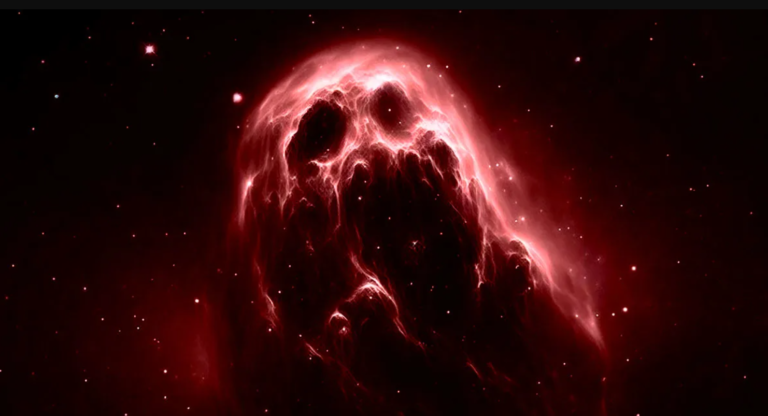JAMES WEBB OBSERVES UNUSUAL “GHOSTLY” OBJECT MAKING A RECURRING APPEARANCE
This entity is truly colossal.
Ghost Galaxy
NASA’s James Webb Space Telescope has encountered an enigmatic yet strangely familiar “ghostly” entity. This faint and dusty galaxy, previously undetectable by the Hubble Space Telescope, mysteriously surfaced in observations conducted by specific ground-based telescopes.
The reappearance of AzTECC71, an extraordinarily distant star-forming galaxy dating back nearly 1 billion years post-Big Bang, has stirred excitement among astronomers. It provides a captivating glimpse into the universe’s oldest structures.
This observation implies that colossal star-forming regions like AzTECC71 might be more widespread—three to ten times more common, to be precise—than previously believed. If this holds true, scientists may need to revise their understanding of the early universe, envisioning it as a far more “dusty” environment than initially anticipated.
Describing the discovery, Jed McKinney, a postdoctoral researcher at the University of Texas and coauthor of a recent paper published in The Astrophysical Journal, remarked, “This thing is a real monster.” Despite its seemingly inconspicuous appearance, the galaxy is actively forming hundreds of new stars each year. McKinney expressed excitement about the find, noting, “Even though it looks like a little blob, it’s actually forming hundreds of new stars every year.” He added, “And the fact that even something that extreme is barely visible in the most sensitive imaging from our newest telescope is so exciting to me. It’s potentially telling us there’s a whole population of galaxies that have been hiding from us.”
Eras Tour
As part of the COSMOS-Web project within the James Webb Space Telescope’s (JWST) research endeavors, scientists aim to map up to 1 million galaxies to gain a more comprehensive understanding of the universe’s earliest epochs.
During the data analysis, astronomers sought to locate AzTECC71, a celestial entity too dim for detection by NASA’s Hubble telescope but manifesting as a dust-emitting blob in observations from the James Clerk Maxwell Telescope in Hawaii. Leveraging the James Webb’s highly sensitive infrared instruments, they identified a faint yet familiar galaxy in its stead.
Jed McKinney, a researcher involved in the project, highlighted the significance of this advancement, stating, “Until now, the only way we’ve been able to see galaxies in the early universe is from an optical perspective with Hubble. That means our understanding of the history of galaxy evolution is biased because we’re only seeing the unobscured, less dusty galaxies.”
McKinney emphasized the James Webb’s capability to “pierce the thickest of dusty veils,” suggesting a potential shift in our comprehension of the early universe and the possibility of unveiling numerous galaxies akin to AzTECC71.
Do not forget to share your opinion with us to provide you with the best posts !




0 Comments